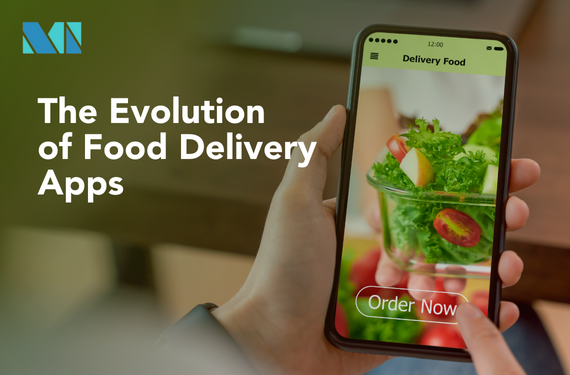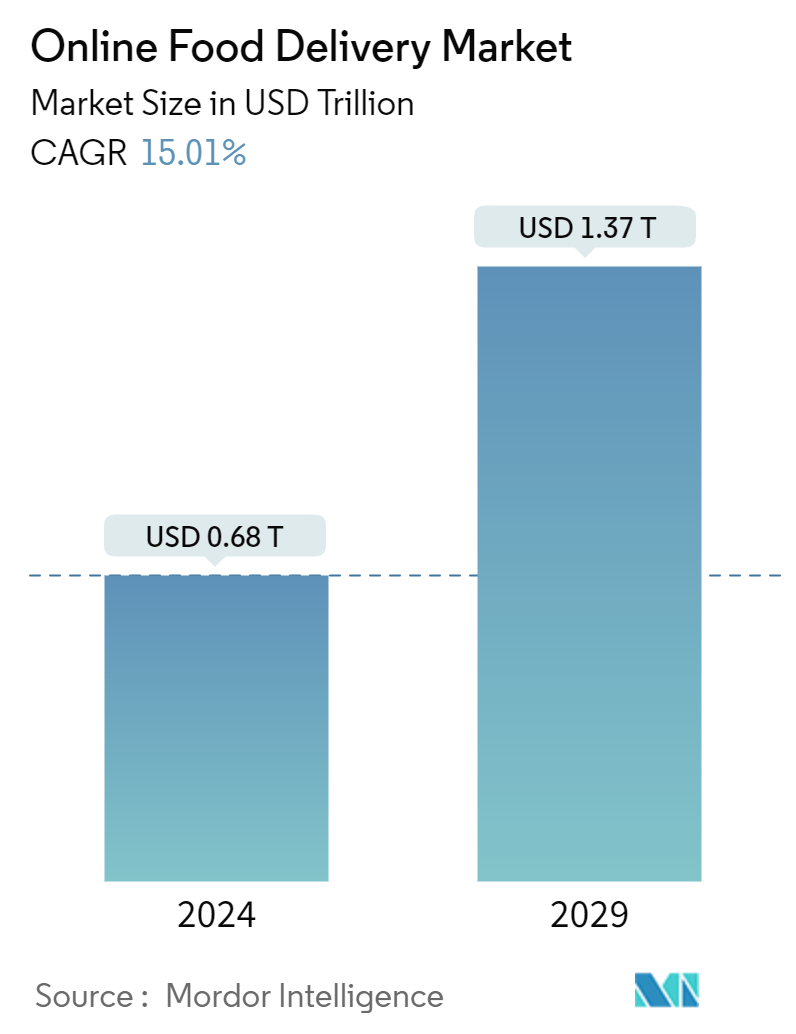
In recent years, the way we order and receive food has undergone a revolutionary transformation. The rise of food delivery apps has not only changed consumer behavior but has also reshaped the entire restaurant industry. Let's take a journey through the evolution of food delivery apps, from their humble beginnings to the market leaders of today.
The Dawn of Digital Delivery
While the concept of food delivery isn't new, the digital age has brought about a seismic shift in how we access our favorite meals. The question often arises: what was the first food delivery app? While it's challenging to pinpoint a single pioneer, the early 2010s saw the emergence of several platforms that would shape the industry.
Companies like Grubhub (founded in 2004) and Seamless (founded in 1999) were among the early movers in the United States, initially focusing on online ordering rather than delivery logistics. However, it wasn't until smartphones became ubiquitous that food delivery apps truly took off.
The Rise of Fast-Food Delivery Services
As technology advanced, so did the capabilities of food delivery platforms. Fast food delivery apps quickly became a cornerstone of the industry, with major chains developing their own applications to meet consumer demand. For instance, Domino's Pizza has been at the forefront of digital innovation, launching its online ordering system in 2007 and continually updating its app with features like real-time order tracking.
The Emergence of Food Delivery Platforms
The real game-changers in the industry were the third-party food delivery platforms that connected consumers with a wide array of restaurants. These platforms revolutionized the market by offering a vast selection of restaurants in one place; efficient logistics, and delivery networks; user-friendly interfaces, and seamless payment options.
Some of the key players that emerged include:
- DoorDash (founded in 2013)
- Uber Eats (launched in 2014)
- Deliveroo (founded in 2013)
These delivery platforms quickly gained traction, with DoorDash becoming the market leader, holding a 10.56% market share in 2023, followed closely by Uber Eats at 9.86%.
The Indian Food Delivery App Revolution
The Indian market has been a hotbed for food delivery innovation, with homegrown companies leading the charge. Two major players have dominated the Indian food delivery scene:
- Zomato (founded in 2008)
- Swiggy (founded in 2014)
These Indian food delivery apps have not only captured a significant market share but have also introduced unique features tailored to local preferences. The Indian online food delivery market has seen explosive growth, with revenues reaching USD 9,926.8 million in 2023 and projected to hit USD 31,500.7 million by 2029, growing at a CAGR of 20.71%.
Current Market Landscape
The global online food delivery market has experienced tremendous growth, reaching a value of USD 581,449.9 million in 2023. This growth is expected to continue, with projections suggesting the market will reach USD 1,379,921.5 million by 2029, at a CAGR of 15.01%.
Key factors driving this growth include:
- Increased internet penetration and smartphone usage
- Changing consumer lifestyles and preferences for convenience
- Technological advancements in logistics and delivery systems

The Impact on the Restaurant Industry
The rise of food delivery apps has had a profound impact on the restaurant industry:
-
Expanded reach
Restaurants can now serve customers beyond their physical locations.
-
Data-driven insights
Apps provide valuable data on customer preferences and ordering patterns.
-
Operational challenges
Restaurants are adapting to manage both in-house dining and delivery orders efficiently.
However, it's worth noting that the desire for fine dining experiences still plays a significant role in consumer behavior. According to a 2023 survey in the United States, 63% of people prefer dining out for the atmosphere, while 48% do so to socialize with friends.
Future Trends in Food Delivery
As the industry continues to evolve, several trends are shaping its future:
-
Sustainable packaging
Companies like Uber Eats are partnering with eco-friendly packaging providers to reduce environmental impact.
-
AI and machine learning
Platforms are using advanced algorithms to optimize delivery routes and personalize user experiences.
-
Drone and autonomous vehicle delivery
Companies like DoorDash are experimenting with drone delivery to increase efficiency.
-
Ghost kitchens
The rise of delivery-only kitchens is changing the restaurant landscape.
Conclusion
The evolution of food delivery apps from pioneers to market leaders has been nothing short of remarkable. As technology continues to advance and consumer preferences shift, we can expect further innovations in this dynamic industry. Whether it's fast food delivery apps or sophisticated platforms offering a wide range of cuisines, the future of food delivery looks bright and full of exciting possibilities.